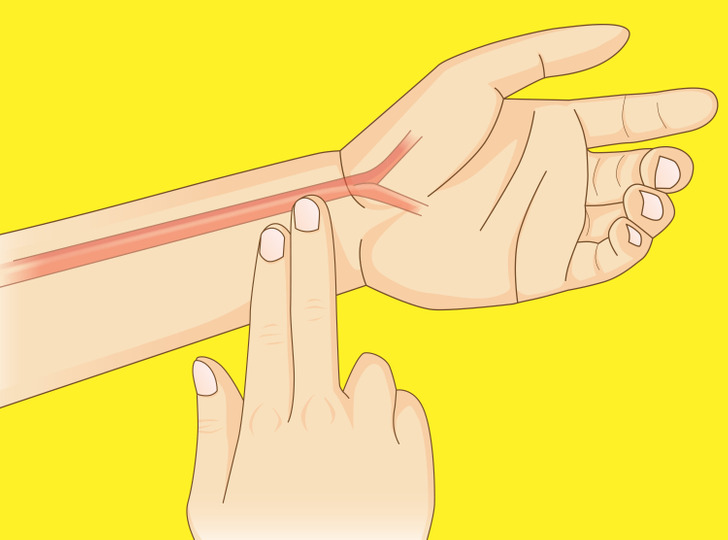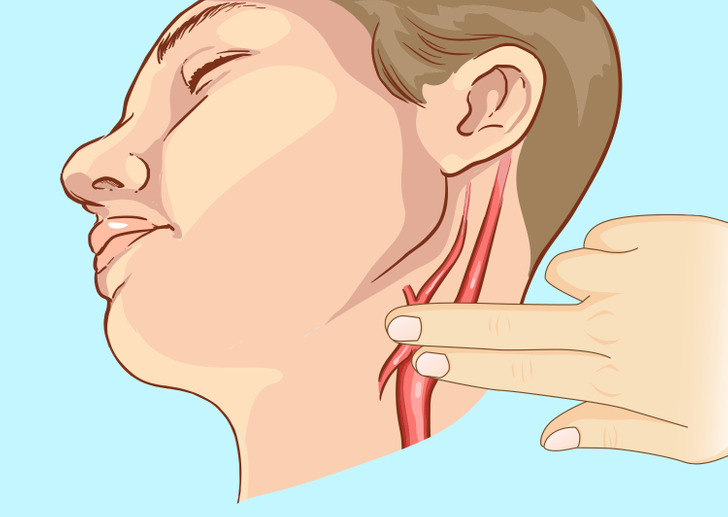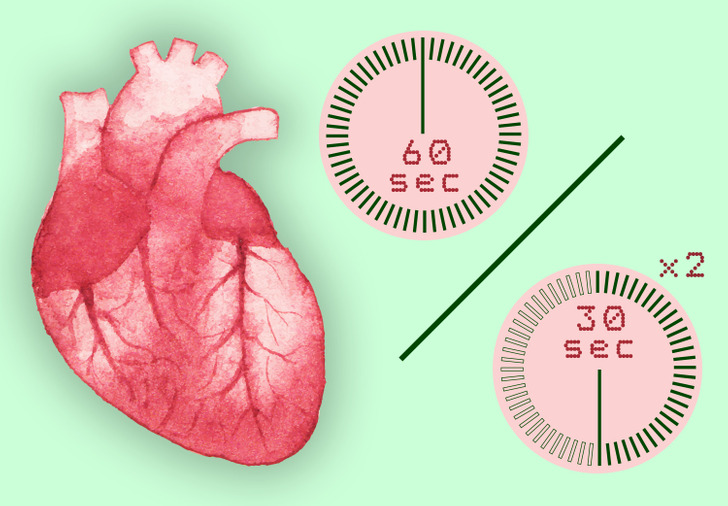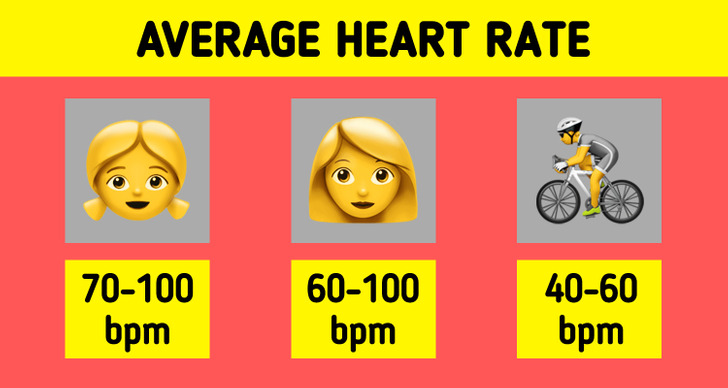How to Check Your Heart Rate
Understanding the body and how it functions may help us save a life one day. The heart is the main organ in the human body. It consists of 4 chambers. The right chambers pump deoxygenated blood to the lungs while the left chambers receive oxygenated blood from the lungs and pump it to the vessels that transport it to the whole body. Using simple steps you can measure your own heartbeat.
5-Minute Crafts has prepared a guide that will teach you how to measure your heart rate on your own.
Note: Some medications and medical conditions may affect your heart rate.
❗ This article is for informational purposes only and doesn’t replace professional advice.
How to find a pulse
Method 1: Radial artery
Press the index finger and middle finger of the other hand on the inside of the wrist at the base of the thumb, until you can feel a tapping or pulsing against the fingers. If you have problems finding the radial artery, try moving the fingers around or pressing them a little harder, but make sure you are not using the thumb of the opposite hand because it has its own pulse.
Method 2: Carotid artery
Press the index finger and middle finger to the side of your neck, under the jaw and beside the windpipe. You should feel the pulse in the carotid artery. If you don’t, move the fingers around and try pressing a bit harder than the first time. Don’t use the thumb here either, because it has its own pulse.
Method 3: Temporal artery
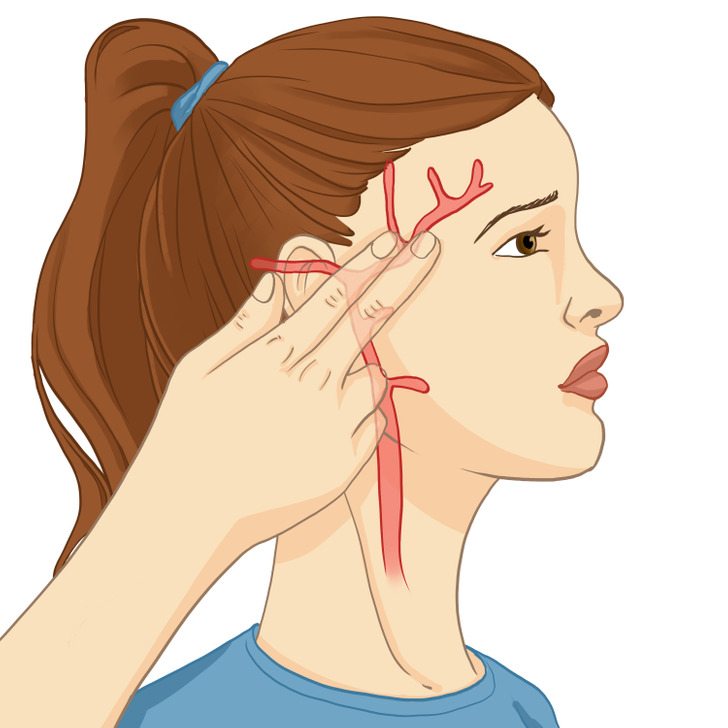
How to measure it
Now when you know where to find the pulse, it’s time to measure it. Take a stopwatch and count the number of beats you feel for 60 seconds. If you want to shorten the process you can count the number of heartbeats that you feel for 30 seconds and then multiply by 2. These techniques will give you the number of your heartbeats in one minute.
Results
- Most children between the age of 6-15 have a heart rate between 70-100 beats per minute.
- Adults have a similar heart rate that is between 60-100 bpm.
- Athletes have a slower heartbeat than the average. That means they have a more efficient heart function and better cardiovascular fitness.
- You can calculate your maximum heart rate using a simple formula: 220 — your age = predicted maximum heart rate.
